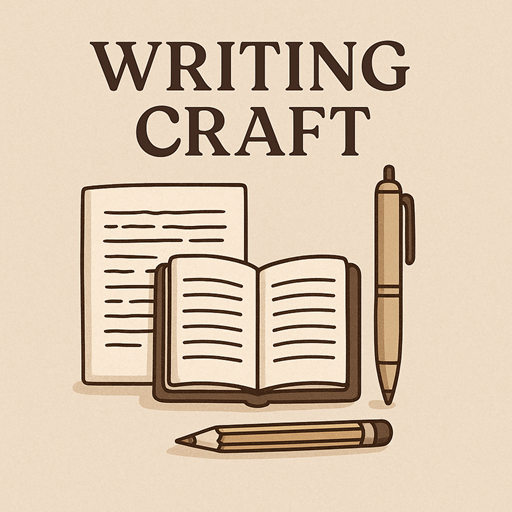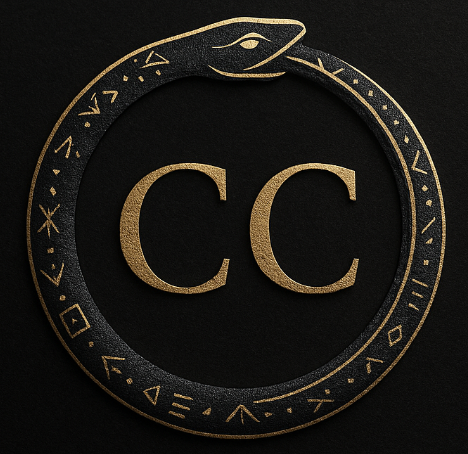There’s a quiet fantasy many writers carry—maybe you’ve felt it too. That one day you’ll sit down, pour brilliance onto the page, revise it with monk-like precision, and send it out into the world… only for readers to instantly see what you see, feel what you feel, and love what you love.
The reality is a little messier. Most writers are writing alone, editing alone, and then pitching and publishing alone—and wondering why their words aren’t landing. It’s like a programmer who builds an entire app but never bothers to test it on different machines. Sure, it runs perfectly on their laptop. But hand it to someone else, and boom: glitches. Lag. Crash. Confusion.
Stories are software for the imagination. What matters isn’t how flawlessly the story runs in your head—it’s how it loads up in someone else’s. What do your words make readers see? What do they feel? Do they stumble? Do they glide? Do they care?
That’s where critique comes in—not as a final polish, but as an essential part of the writing process. It’s the bug-testing, the cross-platform check. You’re not just looking for typos or plot holes (though those will come up too). You’re watching how your writing behaves in the wild. You’re learning what triggers confusion, what sparks emotion, what lands flat, and what hits like a punch to the gut. And most of all, you’re learning what kind of readers your work truly resonates with—and who it might quietly repel.
Because let’s be honest: your story isn’t for everyone. And that’s a good thing. Critique helps you figure out which readers light up when they enter your world—and which ones would rather be somewhere else. In that sense, critique isn’t just about craft. It’s about connection. It’s about finishing the circuit that writing begins in solitude and completes in relationship.
You don’t need to crowdsource your plot or chase approval. But you do need eyes—real, human eyes—on your pages. Scene by scene. Line by line. Reaction by reaction. That’s how you grow. That’s how you sharpen your instincts. That’s how you stop building castles in your own head and start constructing bridges into the minds and hearts of others.
So don’t write in a vacuum. Don’t wait until the end. Find your readers while you’re writing. Let them help you see what you can’t. It’s not weakness—it’s wisdom.
Because a story that only works for you isn’t a story. It’s a journal entry. And if your story falls in the forest with no one around to read it, does it make an impact?
Only one way to find out.


